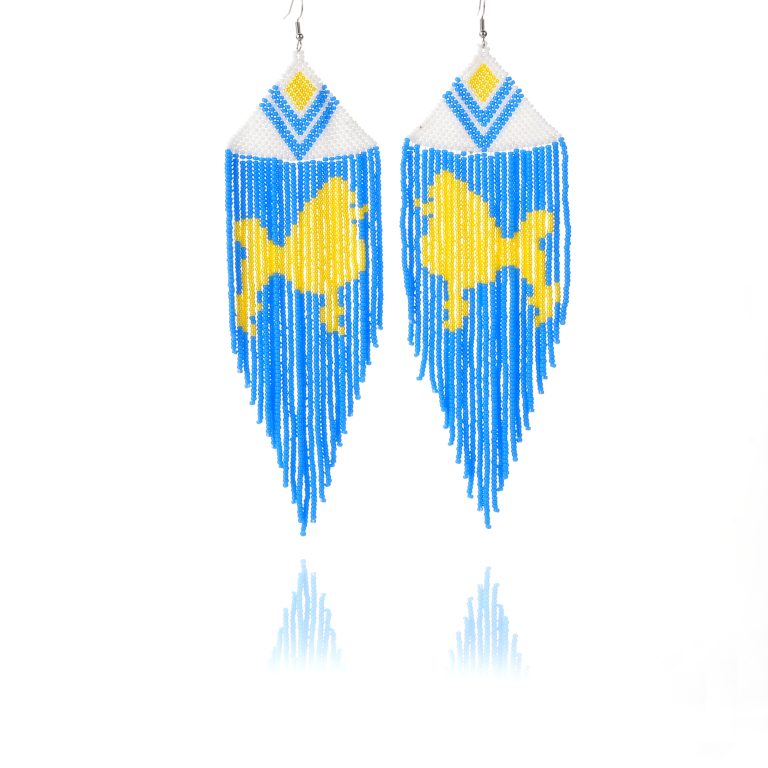In recent years, the luxury industry has undergone a remarkable transformation, with sustainability emerging as a defining factor in high-end accessories. This shift represents more than just a passing trend; it’s a fundamental reimagining of what luxury means in an environmentally conscious world.
The Evolution of Luxury: From Excess to Consciousness
Redefining Luxury for a New Era
The traditional notion of luxury, often associated with rare materials and exclusive production methods, is being redefined. Today’s conscious consumers are increasingly seeking products that align with their environmental values without compromising on quality or aesthetic appeal. This paradigm shift has pushed luxury brands to innovate and explore sustainable alternatives that maintain their premium positioning while minimizing environmental impact.
The Rise of Conscious Consumerism
Recent market research indicates that over 73% of millennials and Gen Z consumers are willing to pay more for sustainable luxury products. This demographic shift has catalyzed a transformation in how luxury brands approach material sourcing, production processes, and marketing strategies.
Innovative Materials Revolutionizing Luxury Accessories
Bio-Based Alternatives
Mushroom Leather
One of the most promising developments in sustainable luxury materials is mushroom leather, or mycelium-based materials. Brands like Hermès have already begun experimenting with this innovative material, which offers:
– Texture and durability comparable to traditional leather
– Significantly lower environmental impact
– Customizable properties for different applications
– Biodegradable end-of-life disposal
Plant-Based Leathers
Innovation in plant-based materials has led to the development of various leather alternatives:
– Pineapple leaf fiber (Piñatex)
– Cactus leather
– Apple leather
– Grape leather from wine industry waste
Recycled and Upcycled Materials
Ocean Plastics
Luxury brands are increasingly incorporating recovered ocean plastics into their collections:
– Recycled nylon from fishing nets
– Processed ocean plastic in watch straps and accessories
– Innovative blends with traditional luxury materials
Precious Metal Recycling
The jewelry sector has embraced recycled precious metals:
– Closed-loop production systems
– Certified recycled gold and silver
– Blockchain-tracked material sourcing
Technology and Innovation in Sustainable Luxury
Advanced Manufacturing Processes
3D Printing
The advent of 3D printing technology has revolutionized sustainable luxury production:
– Zero-waste manufacturing
– Customization capabilities
– Reduced transportation needs
– Material optimization
AI-Driven Design
Artificial intelligence is being employed to:
– Optimize material usage
– Predict trends and reduce overproduction
– Enhance supply chain efficiency
– Improve quality control
Blockchain Technology in Traceability
The implementation of blockchain technology offers:
– Complete material traceability
– Authentication of sustainable claims
– Transparency in supply chain
– Consumer trust building
The Business Case for Sustainable Luxury
Economic Benefits
Cost Efficiency
While initial investments in sustainable materials and processes may be higher, long-term benefits include:
– Reduced material waste
– Lower energy consumption
– Improved resource utilization
– Enhanced brand value
Market Growth
The sustainable luxury market has shown remarkable growth:
– 20% year-over-year increase in sustainable luxury sales
– Higher customer loyalty rates
– Increased brand preference among younger consumers
– Premium pricing opportunities
Competitive Advantage
Brand Differentiation
Sustainability has become a key differentiator in the luxury market:
– Unique selling proposition
– Enhanced brand storytelling
– Stronger emotional connection with consumers
– Improved brand reputation
Challenges and Solutions
### Material Performance
Quality Considerations
Sustainable materials must meet strict luxury standards:
– Durability testing
– Aesthetic requirements
– Performance benchmarks
– Consistency in production
Innovation Requirements
Continuous development is needed in:
– Material science
– Manufacturing processes
– Quality control methods
– Performance enhancement
Supply Chain Complexity
Sourcing Challenges
Sustainable luxury faces unique sourcing challenges:
– Limited material availability
– Quality consistency
– Price volatility
– Geographic constraints
Solutions and Strategies
Companies are addressing these challenges through:
– Vertical integration
– Strategic partnerships
– Investment in research and development
– Local sourcing initiatives
Consumer Education and Marketing
Communication Strategies
Transparency
Successful sustainable luxury brands prioritize:
– Clear communication of environmental impact
– Detailed material sourcing information
– Production process transparency
– Third-party certifications
Storytelling
Effective marketing focuses on:
– Material origin stories
– Craftsmanship narratives
– Environmental impact
– Social responsibility
Consumer Engagement
Educational Initiatives
Brands are investing in:
– Interactive digital platforms
– In-store education programs
– Social media campaigns
– Sustainability reports
Future Prospects and Trends
Emerging Technologies
Biotechnology
Future developments include:
– Lab-grown materials
– Engineered sustainable fibers
– Biodegradable alternatives
– Smart materials
Circular Economy Integration
The industry is moving towards:
– Closed-loop systems
– Product lifecycle management
– Repair and refurbishment services
– Take-back programs
Market Evolution
Growth Projections
The sustainable luxury market is expected to:
– Double in size by 2025
– Attract new consumer segments
– Influence mainstream luxury
– Drive industry innovation
Conclusion
The rise of eco-friendly materials in high-end accessories represents a fundamental shift in the luxury industry. This transformation is not just about replacing traditional materials with sustainable alternatives; it’s about reimagining luxury for a more conscious world.
As technology advances and consumer awareness grows, sustainable luxury will likely become the new standard rather than an alternative option. The success of brands in this space will depend on their ability to balance sustainability with the quality, craftsmanship, and exclusivity that define luxury.
The future of luxury accessories lies in innovation, responsibility, and consciousness. Brands that embrace this change while maintaining their commitment to excellence will not only survive but thrive in this new era of sustainable luxury.
Looking Ahead
The evolution of sustainable luxury accessories continues to accelerate, driven by technological innovation, changing consumer preferences, and environmental necessity. As we move forward, the integration of sustainability into luxury will become increasingly seamless, creating a new paradigm where luxury and environmental responsibility are inseparable.
This transformation represents an exciting opportunity for the industry to lead by example, showing how business success can align with environmental stewardship. The rise of eco-friendly materials in high-end accessories is more than a trend—it’s the future of luxury.






